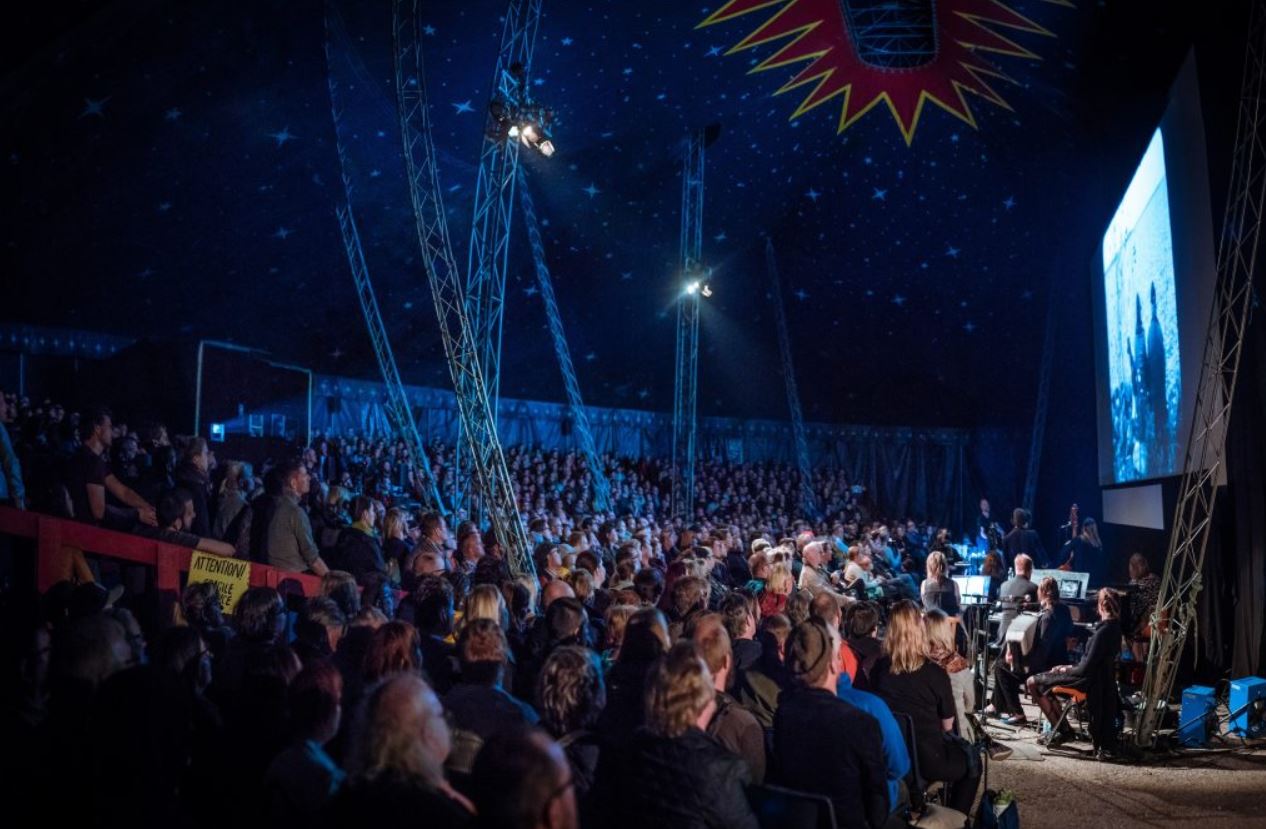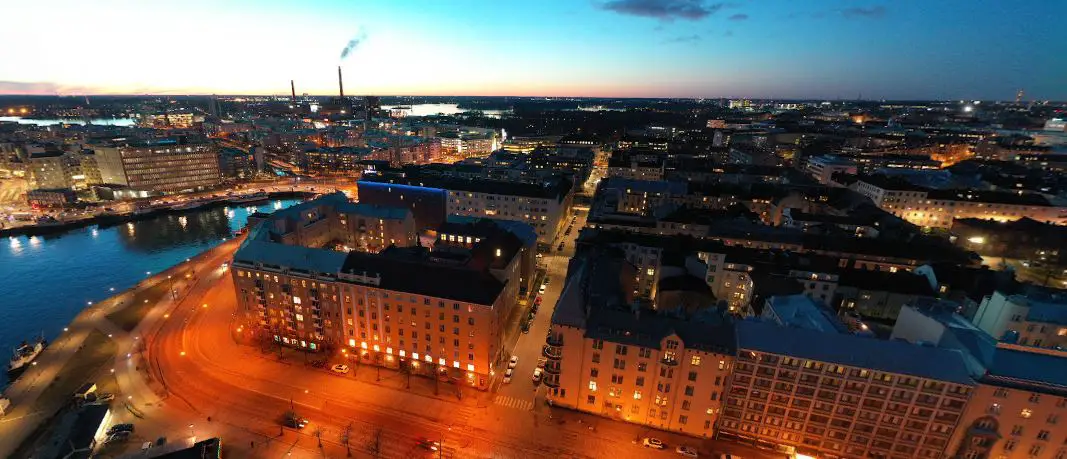What are the rules for camping and hiking in Finland?
Post ByAdequate Travel
Summary
Are you planning a trip to Finland and considering either a camping or hiking adventure? Then you should read up on the rules for camping and hiking in Finland to ensure you have a safe and enjoyable experience. In this blog, we’ll cover all of the important details about camping and hiking rules in Finland, so you can start planning an unforgettable experience. Read on to learn more! Keep in mind that travel guidelines and travel rules may change anytime, so regularly check for updates to ensure a hassle-free and memorable travel experience.Rules for Camping and Hiking in Finland
1. Everyman's Right: Finland follows the concept of "Everyman's Right" or "Freedom to Roam," which grants people the right to access and enjoy the natural environment, including forests, fields, and bodies of water. However, this right comes with certain responsibilities.
2. Public and Private Land: Camping and hiking are allowed on both public and private land, as long as you follow the guidelines and respect the landowner's rights. It is always recommended to obtain permission from private landowners before setting up camp.
3. Minimal Impact: It is important to practice Leave No Trace principles to minimize your impact on the environment. This includes leaving your campsite clean and removing all waste, including biodegradable materials.
4. Campfires: Open fires are allowed in Finland, except during exceptionally dry periods and in protected areas. Use existing fire rings or designated fireplaces whenever possible. Always follow fire safety guidelines, such as keeping the fire small and under control, and extinguishing it properly after use.
5. Wildlife: Finland is home to various wildlife species. It is essential to observe them from a distance and avoid disturbing their natural behavior or habitats. Certain protected areas may have restrictions or specific guidelines regarding wildlife interaction.
6. Tents and Shelters: Setting up tents and temporary shelters is generally allowed under Everyman's Right. However, it is advised to avoid sensitive areas, such as private yards, cultivated fields, or areas close to residential buildings. Additionally, if you plan to stay for a longer duration, it is recommendable to relocate your camp regularly to minimize impact.
7. Water Sources: Finland has an abundance of lakes, rivers, and streams where you can find water. It is generally safe to drink directly from these sources, but if you have concerns, you can use water purification methods or carry a water filter. Remember to respect water bodies and avoid polluting them.
8. Waste Management: Proper waste disposal is crucial while camping and hiking in Finland. Use designated waste bins when available, and if none are present, carry out all your rubbish. Separate recyclables from general waste and dispose of them accordingly in designated recycling points.
9. Restricted Areas: There may be specific regions or protected areas with additional rules or regulations. Always check beforehand if there are any restrictions or permits required for camping or hiking in certain areas.
10. Consideration for Others: While enjoying the outdoors, it is important to respect other individuals' rights to privacy and quiet enjoyment of nature. Keep noise levels to a minimum, avoid camping too close to others, and leave public amenities and natural settings as you found them.
As you prepare for your journey, familiarize yourself with the specific entry requirements, including any necessary visas or documentation.Suggested Questions
- Taipalsaari Old Church, Taipalsaari: Horror Story, History & Paranomial Activities
- Merijärvi Old Church, Merijärvi: Horror Story, History & Paranomial Activities
- Inari Old Church, Inari: Horror Story, History & Paranomial Activities
- Kajaani Prison, Kajaani: Horror Story, History & Paranomial Activities
- Lohja Church, Lohja: Horror Story, History & Paranomial Activities
- Korpilahti Church, Korpilahti: Horror Story, History & Paranomial Activities










